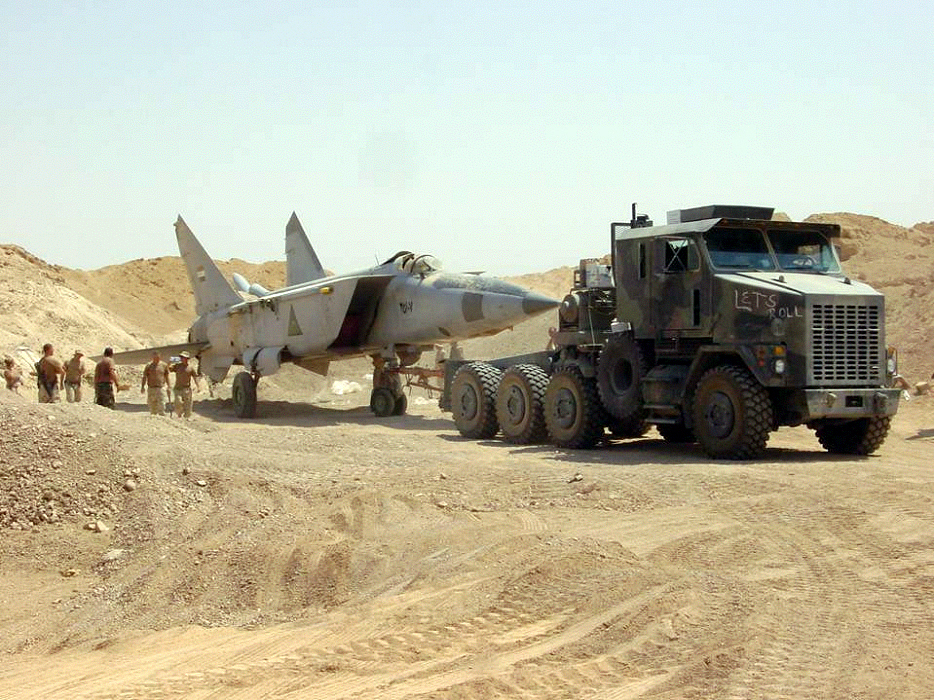(NSI News Source Info) January 3, 2009: Klich told the Dziennik daily the government would review the Afghan mission`s effectiveness in January.
Poland may send 400-600 additional troops to Afghanistan, raising its total number to 2,000-2,200, Defence Minister Bogdan Klich was quoted as saying on Saturday.  Polish soldiers from 12th Mechanized Division march after attending end of mission ceremony in Camp Echo in Diwaniya
Klich told the Dziennik daily the government would review the Afghan mission's effectiveness in January and depending on the result may opt for increasing the number of troops.
"After the review the government will decide whether to continue our presence with the current strength, or as experts say, whether to raise it by 400-600 soldiers," Klich said.
In October, Poland took command of security in the Afghan province of Ghazni, a volatile area two hour's drive southwest of Kabul, freeing up U.S. forces.
The United States has made repeated appeals for its NATO allies to send more troops to Afghanistan and allow those there to engage in combat missions without the restrictions that some European nations place on their soldiers.
Paris has sent 700 extra French troops to a valley in the east which is a stronghold of Taliban allies.
The minister added Poland may also call back 300 soldiers from its Chad and Lebanon contingents.
Polish soldiers from 12th Mechanized Division march after attending end of mission ceremony in Camp Echo in Diwaniya
Klich told the Dziennik daily the government would review the Afghan mission's effectiveness in January and depending on the result may opt for increasing the number of troops.
"After the review the government will decide whether to continue our presence with the current strength, or as experts say, whether to raise it by 400-600 soldiers," Klich said.
In October, Poland took command of security in the Afghan province of Ghazni, a volatile area two hour's drive southwest of Kabul, freeing up U.S. forces.
The United States has made repeated appeals for its NATO allies to send more troops to Afghanistan and allow those there to engage in combat missions without the restrictions that some European nations place on their soldiers.
Paris has sent 700 extra French troops to a valley in the east which is a stronghold of Taliban allies.
The minister added Poland may also call back 300 soldiers from its Chad and Lebanon contingents.
 Polish soldiers from 12th Mechanized Division march after attending end of mission ceremony in Camp Echo in Diwaniya
Klich told the Dziennik daily the government would review the Afghan mission's effectiveness in January and depending on the result may opt for increasing the number of troops.
"After the review the government will decide whether to continue our presence with the current strength, or as experts say, whether to raise it by 400-600 soldiers," Klich said.
In October, Poland took command of security in the Afghan province of Ghazni, a volatile area two hour's drive southwest of Kabul, freeing up U.S. forces.
The United States has made repeated appeals for its NATO allies to send more troops to Afghanistan and allow those there to engage in combat missions without the restrictions that some European nations place on their soldiers.
Paris has sent 700 extra French troops to a valley in the east which is a stronghold of Taliban allies.
The minister added Poland may also call back 300 soldiers from its Chad and Lebanon contingents.
Polish soldiers from 12th Mechanized Division march after attending end of mission ceremony in Camp Echo in Diwaniya
Klich told the Dziennik daily the government would review the Afghan mission's effectiveness in January and depending on the result may opt for increasing the number of troops.
"After the review the government will decide whether to continue our presence with the current strength, or as experts say, whether to raise it by 400-600 soldiers," Klich said.
In October, Poland took command of security in the Afghan province of Ghazni, a volatile area two hour's drive southwest of Kabul, freeing up U.S. forces.
The United States has made repeated appeals for its NATO allies to send more troops to Afghanistan and allow those there to engage in combat missions without the restrictions that some European nations place on their soldiers.
Paris has sent 700 extra French troops to a valley in the east which is a stronghold of Taliban allies.
The minister added Poland may also call back 300 soldiers from its Chad and Lebanon contingents.




























